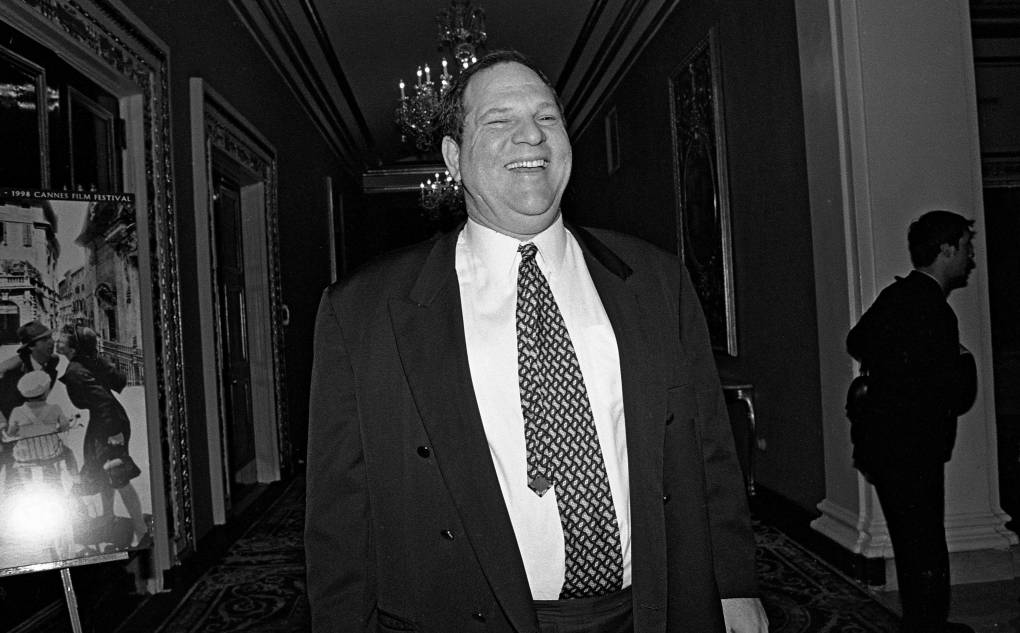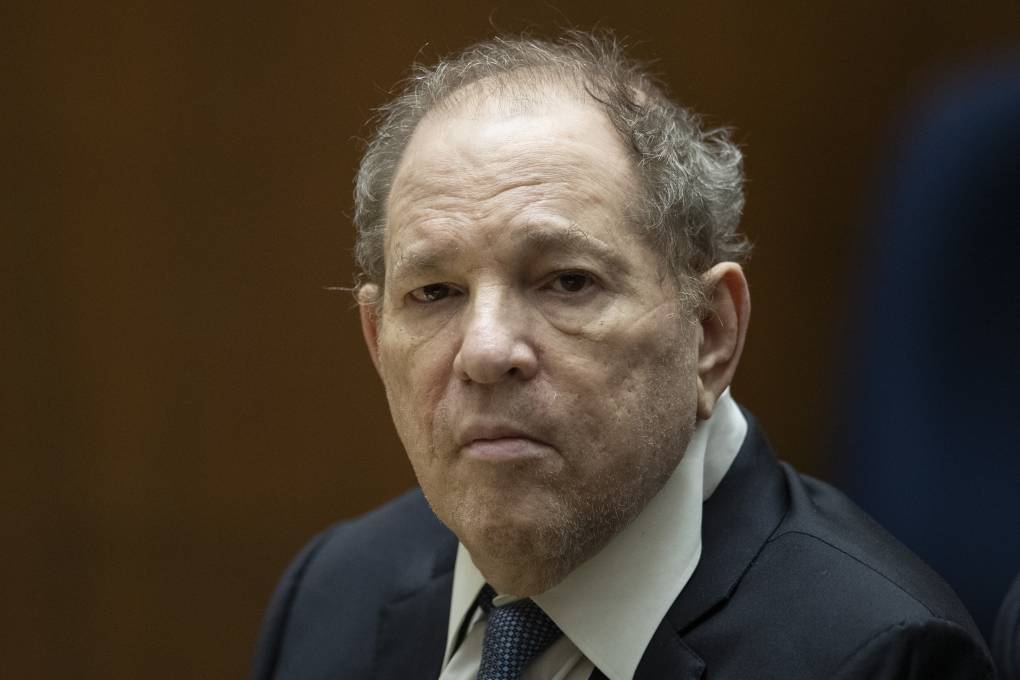What I uncover in the events that unravel in “Catch and Kill” is the way in which The Enquirer was engaged in this practice for Harvey Weinstein, which is a story I was able to break later in The New Yorker. And how ultimately that trail of clues led to the top, if you will, to the president’s collaborations with The National Enquirer, which were very much of a piece with that. In this book, I reveal several new cases in which there was pretty deep and substantial collaboration between Trump associates and the Enquirer.
On the connection between Weinstein and Matt Lauer
The book is about bigger patterns than any one media organization, although it does focus on AMI, the parent company of The National Enquirer, which was one attack dog collaborating with Harvey Weinstein to suppress these allegations. And on NBC News, which also became something of an instrument of suppression on his behalf.
It’s really about our profession, and the ways in which corporate and legal practices designed to sweep harassment and abuse under the rug, rather than confront it, can create a situation where serial abusers stay in power and where people potentially get hurt. And the democracy suffers because you end up with a situation where news organizations are working at the behest of powerful interests and the truth gets distorted. I talk about how that has ramifications for our political future as well. Obviously, that collaboration between Trump and the National Enquirer wound up being a significant factor in 2016.
On being followed, and other tactics Weinstein used on journalists
People kind of make the observation that it reads like a spy thriller.
In one sense, that can sound like it’s a glamorizing characterization, in retrospect. But in another, it’s a reminder of how these exotic and underhanded tactics should be reserved for the realm of, you know, John Grisham novels. They should not be directed at real-life reporters trying to break stories. We have the protections of the First Amendment in this country and of our criminal laws. Therefore, I’m careful to have a sense of perspective and note that I was not in the situation that so many journalists in Pakistan or Russia or many other parts of the world are in, where they just wind up dead if they’re reporting on powerful interests.
I feel it is an important story to tell, to look at the threats that get thrown at not just me, but a whole range of journalists in this plot. And to try to galvanize us all, to say, “no, enough.” Powerful people should not be able to manipulate the press in this way and to intimidate journalists in this way.
On the stories about Donald Trump that were caught and killed
Donald Trump is a significant subject of the reporting in the book. There’s new revelations about the tactics that he used to subvert the press and turn it into an arm of his campaign, essentially.
AMI has, since all of these events I’ve reported on, signed a non-prosecution agreement where they have admitted that this was taking place, that they were collaborating with Trump associates to kill stories, and it is all emblematic of a wider moment of urgency.
Where, as you say, we have authoritarian rhetoric weaponized against the press. This characterization of us as the enemy of the people where, in fact, journalism is the only explicitly constitutionally protected profession for a reason. And it’s the lifeblood of our democracy to have free access to information that can’t be fettered by the most connected and wealthy people in this country.
The book is a tribute to, and a love letter to, all the reporters who stand up in the face of that and stay strong, and all the sources who refused to stop talking in the face of that.



